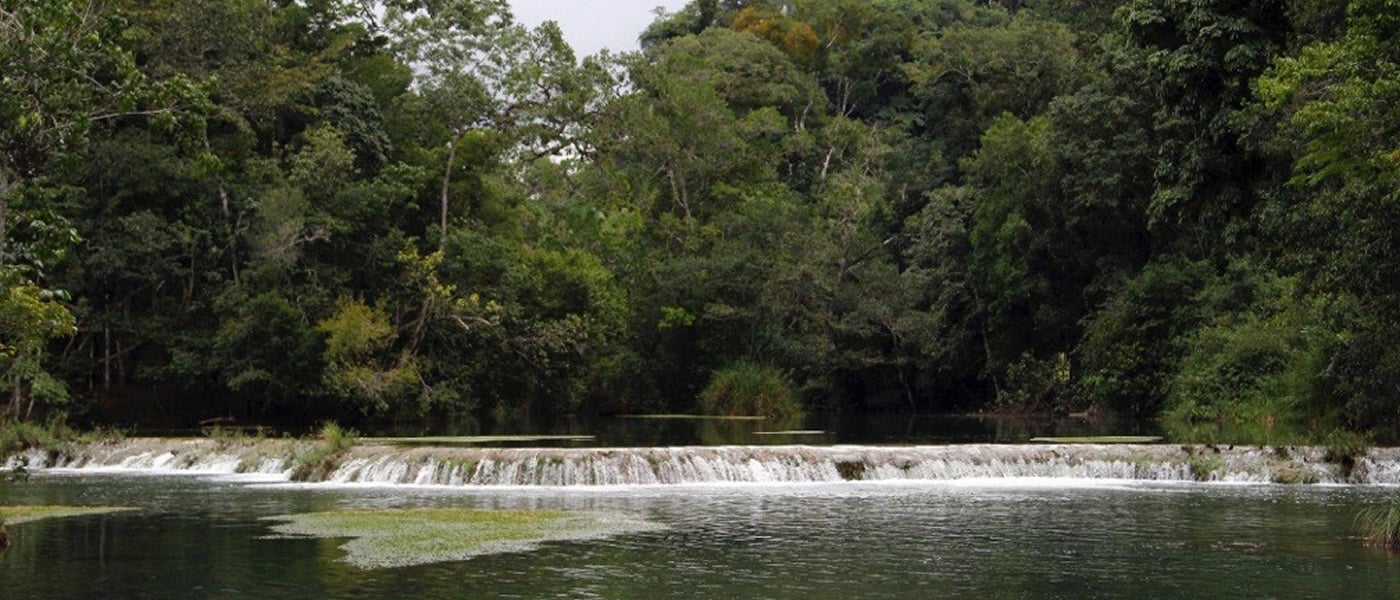Eating Water part 2 | Comiendo agua parte 2
 In my teens, uncle Isaac opened my eyes to science fiction and virtual worlds, where the sun was red and the elements were robotic.
In my teens, uncle Isaac opened my eyes to science fiction and virtual worlds, where the sun was red and the elements were robotic.
As a consequence, when I first read about “virtual water”, I was naturally expecting a cloned cyborg-like flowing 3-D liquid. And indeed, there are people out there working on virtual water as molecular modelation with immersive three-dimensional graphic representation! (For the geeks: we are talking about an ab initio simulation based on Lennard-Jones potential and Newtonian mechanics…no kidding…).
However, out of the “water” blue and inspired by a “sour” debate about export of oranges from water-scarce Israel, in 1993 Professor “Tony” Allan gave us a new concept of Virtual Water. In simple words, he defined virtual water as the water needed for the production of a product (i.e. the water ‘embodied’ in a product, not in real sense, but in virtual sense).
It took 10 years for the concept to be recognized by the international community. But why is it so important? It turns out that virtual water concept can be useful for two major types of practical use:
1) Virtual water trade, based on the idea that a net import of virtual water in a water-scarce nation can relieve the pressure on the nation’s own water resources (much more convenient than trading bulky “real” water!).
 2) Water footprint, based on the idea that the virtual water content of a product tells something about the environmental impact of consuming the product. For example, the footprint could be defined as the cumulative virtual water content of all goods and services consumed by one individual. You can even calculate it as our colleague Federico Basanes did in Eating water part 1 (worth adding: a vegetarian Argentinian).
2) Water footprint, based on the idea that the virtual water content of a product tells something about the environmental impact of consuming the product. For example, the footprint could be defined as the cumulative virtual water content of all goods and services consumed by one individual. You can even calculate it as our colleague Federico Basanes did in Eating water part 1 (worth adding: a vegetarian Argentinian).
Building on this, quantitative research on global virtual water has opened interesting scenarios on international virtual water trade flows.
Now, that sounds very appealing. But is it so straight-forward?
In truth, the concept does present few caveats. First, it can be determined in two ways. In one approach, the virtual water content is defined as the volume of water that was actually used to produce the product, which will depend on the local production conditions (place, time of production, water use efficiency, etc.). The second approach relies on a user rather than a producer perspective, and defines the virtual water content of a product as the amount of water that would have been required to produce the product at the place where the product is needed.
While this duality does provide additional scope for mesmerizing analyses, unfortunately there is little convergence with respect to the general approach taken. But there are more caveats. Most notably, the concept in its applications fails in properly taking into account the opportunity cost of the volumes of water used (i.e. the best environmental, social or economic use it could have been put towards if it were not used in the given production process). Also, it assumes that water that would be released by reducing a high water use activity would necessarily be available for use in a less water-intensive activity, which may not be always the case. And of course, it does not take into consideration that a water-rich country may import a product instead of producing it domestically for various reasons which have nothing to do with water. And more so, it does not consider the efficiency level of water usage!
The debate is hot. So, considering the difficulties in applying the concept as effective guidance to policy makers regarding water use efficiency and sustainability, what are the implications? What are we supposed to do with this concept?
At this point, I can offer few suggestions:
- Think about it. The concept of virtual water does have potential. First and foremost, it can make people aware of the quantity of water that goes into what one’s country produces and consumes or exports. And this is quite a piece of information. Consider, for example, that the virtual water content of beef can be 15 times higher than the one for grain!
- If you want to save water, create an avatar and go totally “virtual.” According to a recent study, the production of a 32-megabyte computer chip of 2 grams requires 32 kg of water. Considering what a 32-MB chip can do, this sounds very convenient!!
- If you care to decrease your traditional carbon footprint, in some circumstances you may decide to give up water-intensive food. So, if you liked this post, go out there and become flexitarian !



Leave a Reply